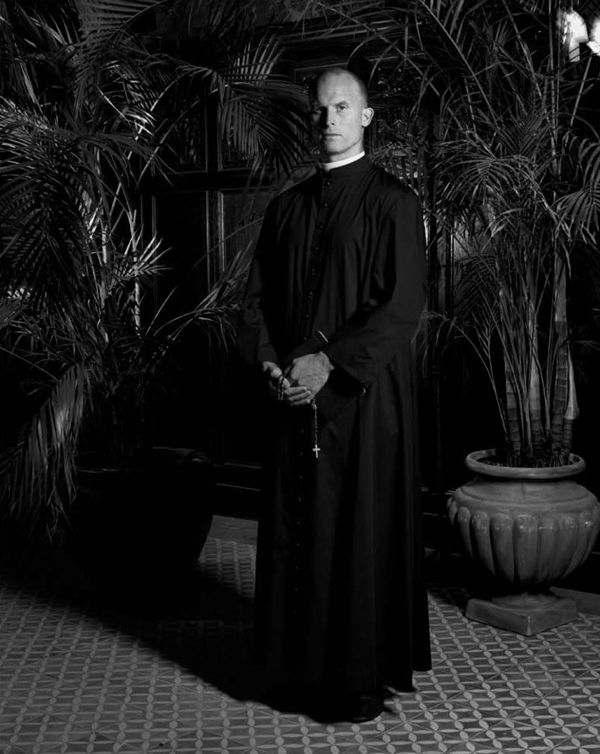

In another one, the yellow and blue refer to the two racing teams-one ascending, the other descending-in a competition that visualizes the organic process central to the entire CREMASTER cycle: the descent of the cremaster muscle that determines gender differentiation. One of the drawings in this set includes a map of the island. The film combines references to the island’s rich folklore and to the Tourist Trophy motorcycle race that it hosts annually. Graphite pencil, lacquer, and petroleum jelly on paper in cast epoxy, prosthetic plastic, and Manx tartan framesĬREMASTER 4, which was completed first in the CREMASTER cycle, has a tripartite structure reflecting the three-legged triskelion, symbol of the Isle of Man, where the film was shot. These thick, design-intensive objects, along with the vitrines, read as failed attempts to physically anchor an agglomeration of ideas that never quite adhere to a formal or material spine.Īn example of this nebulousness can be found in one of the wall texts, which describes a suite of five semi-abstract drawings mounted in frames of epoxy, plastic and plaid: The same emphasis on production values is brought to bear on the elaborate frames surrounding the drawings in Subliming Vessel. I admired its technical brilliance, but once it ended I forgot about it.


I recall being absorbed by Barney’s video of a prancing satyr in the New Museum’s recent exhibition, NYC 1993: Experimental Jet Set, Trash and No Star. Nothing about them, over the course of a celebrated twenty-year career, has enticed me to learn more about the artist or his symbology, and these slight drawings do little to change that. The same is true of the artist’s early performances.

I had seen bits and pieces of the Cremaster films, along with still images, verbal descriptions and critical reviews. He obviously wants to shoot for big themes - heaven and hell - but self-conscious obscurantism produces a tight, cluttered, closed system.Īt first I thought my failure to connect was the result of not having been drawn into Barney’s cosmos at the outset. Barney’s tightly programmed content deeply engaging. The problems I have with the work are more fundamental. Deeply interwoven with Barney’s Cremaster film cycle and other projects such as his Drawing Restraint performances and his filmed opera, River of Fundament, the drawings revolve around their own narrative logic, exhibiting a hermeticism that precludes the potential for communal experience or shared emotion. Many of them resemble Neo-Symbolist imaginings excreted from the oeuvre of Odilon Redon. But the drawings are also difficult to discern. The installation is as classy as they come, with large, wooden vitrines offsetting the drawings’ space-age, artist-designed frames, but the artwork, as Holland Cotter pointed out in his New York Times review, is “hard to see.”īarney’s barely-there way with a pencil or a pen doesn’t do much to sink the image into your brain, a liability that’s exacerbated when red or black paper is used as a ground. But the Morgan treatment, which has served artists from William Blake to Philip Guston so well, catches Barney up short. The exhibition, which is spread over three rooms, including the lobby between the two main galleries on the first floor, meets the museum’s very high bar for research and presentation.


 0 kommentar(er)
0 kommentar(er)
